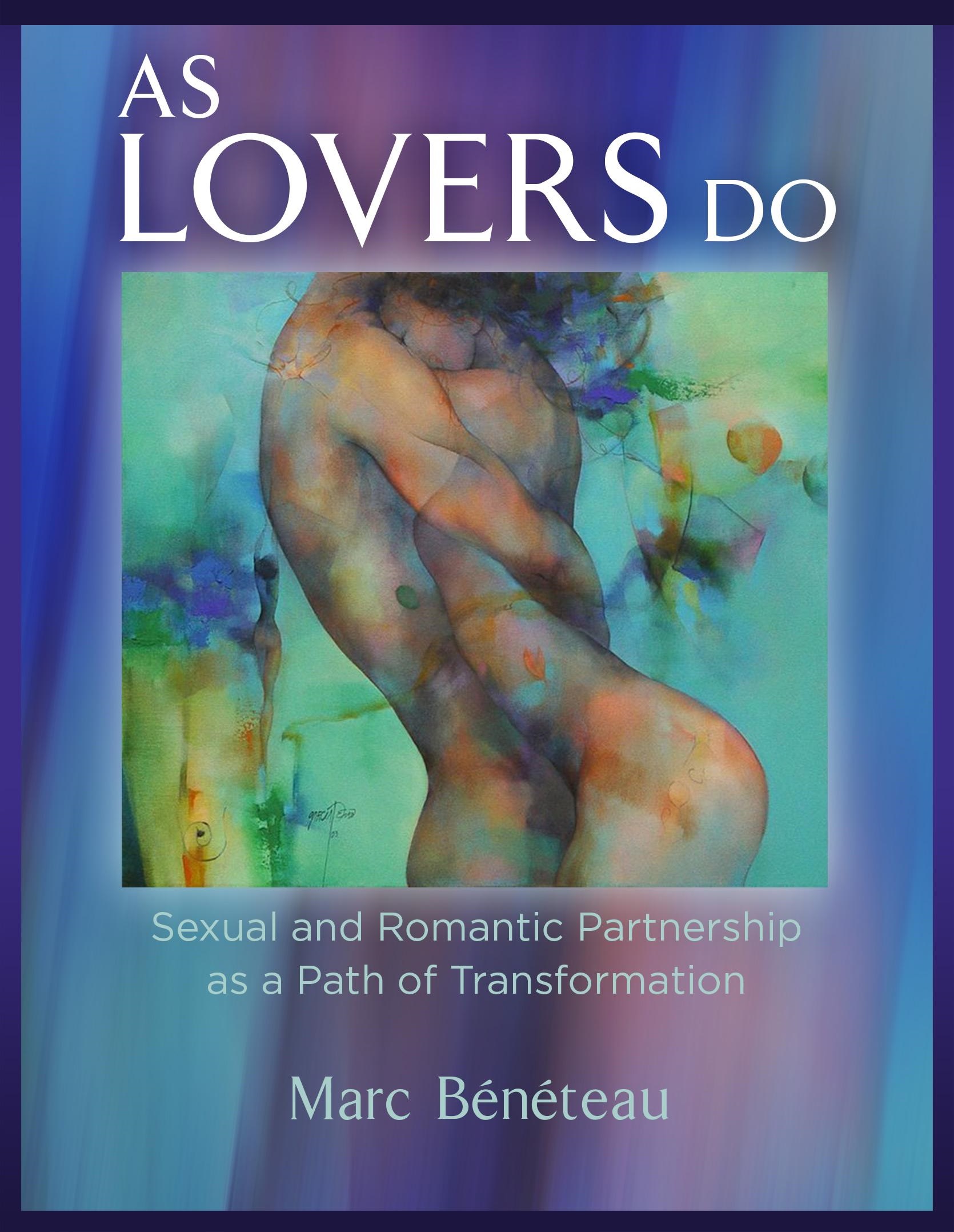Saniel and Linda Bonder’s Waking Down in Mutuality (or WDM) is a “spiritual awakening” movement founded by Saniel Bonder and his wife, Linda Ma. The history of this is quite interesting, as Saniel was for almost 20 years a student and disciple of Adi Da (Franklin Jones), broke free from him in 1992 amid very bad feelings, and then had, to his surprise and shock, a very rapid awakening via a process for which he later coined the term “Waking Down in Mutuality”. These days, the teaching is mostly offered under the brand “The White-Hot Yoga of the Heart“, which is the title of Bonder’s main lineage book (originally written in 1997 but frequently updated since then). Other books by Saniel Bonder include his first-published Waking Down: Beyond Hypermasculine Dharmas : A Breakthrough Way of Self-Realization in the Sanctuary of Mutuality (it’s got bad reviews but I really like it) and Healing the Spirit/Matter Split.
Saniel Bonder’s teaching is very alive for me right now for reasons that are difficult to articulate, partly because this is “emergent” — I will try to articulate it anyway. The Wikipedia article does a good job of describing some of the basic ideas behind WDM and the history. In addition to the article, I will comment on my personal impact of the teaching, as follows:
- Rather than “waking up” into higher-order consciousness, as most Eastern traditions teach, through a process of dis identifying with the body and material life, WDM teaches to “wake down” into a full embracing of our bodies and the “messy” side of life. As such, the teaching seems especially applicable to Westerners, as most of us have neither the desire nor the possibility to live an ascetic life (such as is normally deemed necessary to achieve “enlightenment” in the East).
- The “mutuality” aspect is directly woven into the teaching and the structure of the community. This puts WDM in contrast to many “enlightenment traditions” that teach the existential superiority of the teacher, the need for total surrender into the guru-disciple relationship, along with (sometimes) ideas of “crazy wisdom” that have tarnished or even ended the careers of many famous spiritual teachers (Adi Da, Muktananda, Swami Rama, Andrew Cohen, even Chogyam Trungpa — the list is endless).
- The synergy between WDM (and/or “The White-Hot Yoga of the Heart”) and Circling is quite striking in the “heart” aspect, which is trying to connect through our shared humanity, our deep desire to love and be loved. Where WDM can be seen as different (maybe an “extension”) of Circling is the emphasis on so-called “upper-case Mutuality”, which is something like (words fail me here) “transpersonal consciousness”, or connecting beyond personality (as opposed to Circling or “lower-case mutuality” in which we often connect through our individual personalities). As such, WDM can be seen as sharing some features of Patricia Albere’s Mutual Awakening school.
- A unique aspect of WDM is the “transmission” which happens through eye-gazing of teacher to student.
- WDM also brings in powerful distinctions relating to the nature of the awakening process. The first step in the process is called “the Rot”, which is the giving up any and all hope of awakening by perfecting the body / mind / personality. The “Rot” can’t be willed and it cannot be escaped either, other than by total surrender. In a “Rot” we accept the bankruptcy of all hyper-masculine models for human development, be they Eastern (the desire to dissociate “consciousness” from the body), or Western (the desire for self-improvement). A “Rot” can be a profoundly depressing and disorienting experience, which can go on for years, but according to Bonder it is (in most cases) a requirement to “awaken” into a new kind of consciousness, a consciousness in which we realize our inherent unity with all beings and we are no longer engaged in “seeking”, or in trying to suppress, minimize, push-back or disarm any aspects of ourselves.
That’s as much of a summary as I can (or want to) make for now.


